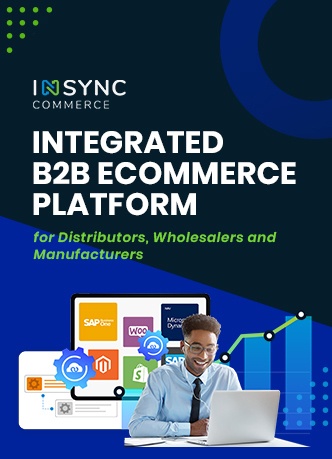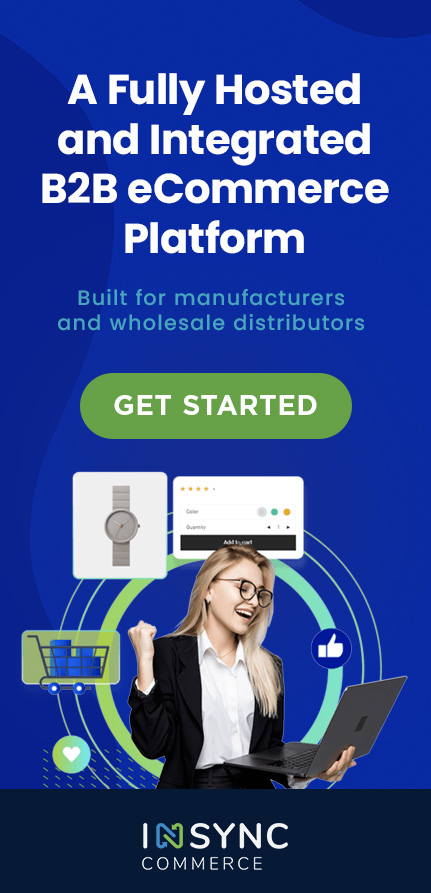Many times a common question comes in the merchants minds that how to make eCommerce site more Secure and Trustworthy? There are number of key things you can do to for security measures and establish trust with your customer from the moment they land on your eCommerce site and taking purchase decision. Here’s 10 tips to make your eCommerce site more secure and trustworthy.
Tips #1: Use Secure Socket Layers
Secure socket layers (SSL) is a groundwork of secure eCommerce site. Basically, the browser sends a message to the server, and the server replies with a digital certificate. If the browser recognizes the certificate and determines it is secure, it will send back verification and allow the user to continue through to completing the purchase. This is standard practice in the design of every eCommerce site, and you should never host your website without an SSL option. VeriSign and Geotrust are two major providers of SSL. Visa and Mastercard took this a step further and developed secure electronic transaction or SET. SET allows for the transaction to be processed without the buyer’s credit card information being seen or stored by the merchant.
Tips #2 Install A Firewall
Firewalls are typically part of a hosting company’s package for eCommerce site, but you should also install a firewall on your company’s end for double protection. This software is relatively inexpensive and provides protection to your own system if the host’s firewall is hacked.
Tips #3 Ensure PCI DSS Compliance
The Payment Card Industry Data Security Standard (PCI DSS) compliance responsibilities mostly related with your payment gateway and merchant account, but it is up to you to make sure that both are PCI DSS compliant. These guidelines are set forth by major credit card companies and dictate stringent security guidelines based on the size of the business. Check that every part of the transaction process is up to date on following these guidelines for optimum security.
Unfortunately hackers are staying up to speed with new emerging security measures and no website is ever completely safe. However, by implementing a combination of various actions to protect the integrity of your eCommerce site you are better equipped to protect yourself and your customers. Making the investment to protect your online business now can pay off in the long-term as it is much easier to prevent now than to remedy a disaster later.
Tips #4 Invest In 128-Bit Security
While 40-bit security was the standard for a long time and still exists on many eCommerce websites, 128-bit is the best way to protect your eCommerce site. The two differ in the length of the encryption key that is produced when information is transmitted, therefore making 128-bit much more difficult to hack entirely. Although 40-bit may be enticing because of its lower price, it is always best to invest more to protect your business.
Tips #5 Utilize Social Proof
Truth is these numbers play a big role in eCommerce site first impressions. Admit it. I’m not saying you go around connecting only to people with 40K followers or more but, with a quick glance at the sidebar, the number of followers, likes and subscribers, you can get a better idea of how relevant, influential and trustworthy this eCommerce site is.
That’s why I call this Social Proof.
If there is a significant number of people that subscribes to your site or follows you on Twitter or Facebook, you’re giving people a clear indication that others find you or online store valuable.
On the other hand, when these digits are too low, this can play against you and it’s probably better not to display this kind of information until you have been able to build a bigger audience.
Social proof can be shown in many different ways. I know I talked about the numbers of social shares displayed in counters in my previous point but that is also considered social proof. Some blogs display the number of monthly readers.
Tips #6 Product Reviews
Product reviews work because they are a word-of-mouth engine and people know they are written by real users.
BazaarVoice is the robust reviews and ratings engine running in the back-end of many of your favorite eCommerce site. Here is a good example from the flipkart.com site:
Tips #7 Media Coverage
Media coverage should be one of the elements that stand out the most when your eCommerce site is opened on the user’s screen. The association between you or your brand with well-known publications or TV networks tell people these media sources consider you an expert in the field and they have trusted you site with their audiences.
Familiarity is one of the strongest aspects of communicating trust. It helps eliminate uncertainty. This is why is extremely important that you use logos of brands that are recognizable. See how one of our customer craftsvilla.com doing it on their eCommerce site
Tips #8 eCommerce Site Design
Design is not about making something look cool. It’s about storytelling, standing out from the competition, solving a problem, usability, readability, and the list goes on…. look for contact info, mailing address, secure log-ins, and detailed information about the company on the site.
Sites that are extremely hard to navigate, lack basic contact or FAQ info, or seem suspicious or poorly run may not be the best sites to make purchases from.
Tips #9 Cash On Delivery Option
Some customers have always been wary about paying for a product without actually getting in then and there. The fact that many customers fell victims to online scams worsened the situation. The Cash on Delivery concept allows the customers to make the payment only when the product is delivered to them. This increase the trust factor between the customer and the eCommerce site owner. This type of transactions remains transparent between both the parties.
Tips #10 Showcase The Team
zovi.com does a great job with this. Their eCommerce site includes main members of the team. As you can see in the following image, this team member mini-profile gives you the name, position in the company, a profile image, a quick description. The first impression I get is of transparency, the team is also part of the community and I’m a click away from connecting with them. The company is obviously open to dialog and they’re not afraid of doing it publicly.
How about you?
What are doing to build trust on your eCommerce site? Are you applying some of these methods or maybe you have your own? Have you tested some of them?
Share your experience!
















